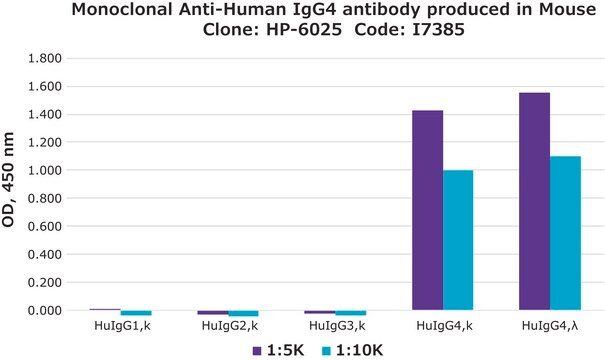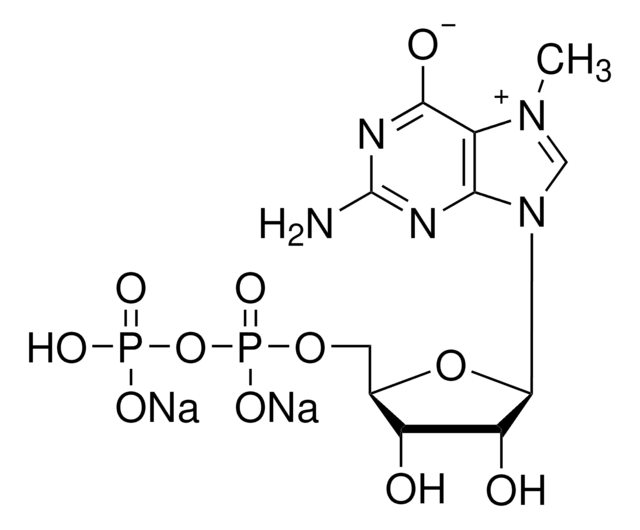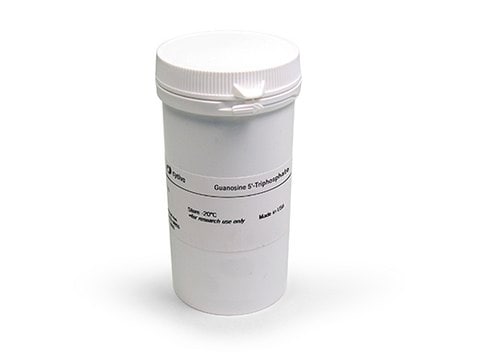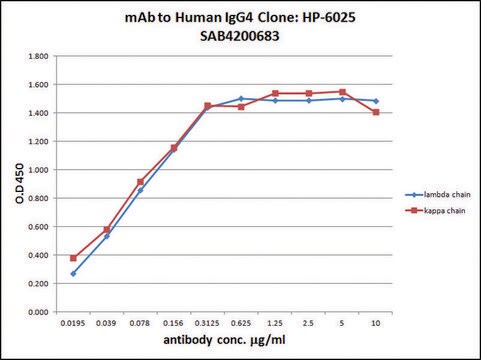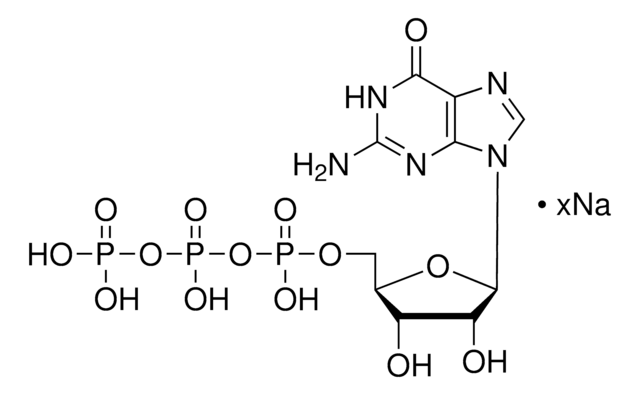Key Documents
M6133
7-Methylguanosine 5′-triphosphate sodium salt
≥85% (HPLC)
Synonim(y):
m7GTP
About This Item
Polecane produkty
pochodzenie biologiczne
natural (inorganic)
Poziom jakości
Próba
≥85% (HPLC)
Postać
powder
temp. przechowywania
−20°C
ciąg SMILES
[Na+].C[n+]1cn([C@@H]2O[C@H](COP(O)(=O)OP(O)(=O)OP(O)([O-])=O)[C@@H](O)[C@H]2O)c3N=C(N)NC([O-])c13
InChI
1S/C11H20N5O14P3.Na/c1-15-3-16(8-5(15)9(19)14-11(12)13-8)10-7(18)6(17)4(28-10)2-27-32(23,24)30-33(25,26)29-31(20,21)22;/h3-4,6-7,9-10,17-18H,2H2,1H3,(H,23,24)(H,25,26)(H3,12,13,14)(H2,20,21,22);/q;+1/p-1/t4-,6-,7-,9?,10-;/m1./s1
Klucz InChI
FSMRTZAMTMQMEF-OCMBMSOASA-M
Powiązane kategorie
Opis ogólny
Zastosowanie
Działania biochem./fizjol.
Hasło ostrzegawcze
Warning
Zwroty wskazujące rodzaj zagrożenia
Klasyfikacja zagrożeń
Acute Tox. 4 Oral
Kod klasy składowania
11 - Combustible Solids
Klasa zagrożenia wodnego (WGK)
WGK 3
Temperatura zapłonu (°F)
Not applicable
Temperatura zapłonu (°C)
Not applicable
Środki ochrony indywidualnej
dust mask type N95 (US), Eyeshields, Gloves
Certyfikaty analizy (CoA)
Poszukaj Certyfikaty analizy (CoA), wpisując numer partii/serii produktów. Numery serii i partii można znaleźć na etykiecie produktu po słowach „seria” lub „partia”.
Masz już ten produkt?
Dokumenty związane z niedawno zakupionymi produktami zostały zamieszczone w Bibliotece dokumentów.
Nasz zespół naukowców ma doświadczenie we wszystkich obszarach badań, w tym w naukach przyrodniczych, materiałoznawstwie, syntezie chemicznej, chromatografii, analityce i wielu innych dziedzinach.
Skontaktuj się z zespołem ds. pomocy technicznej
